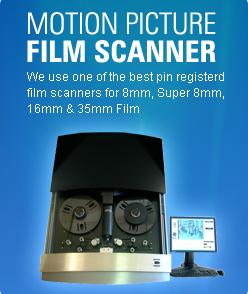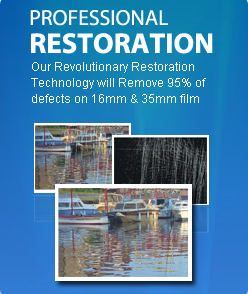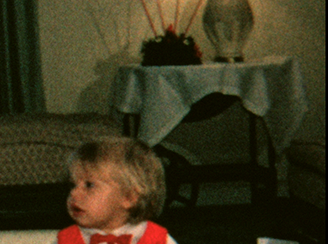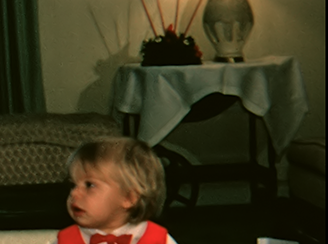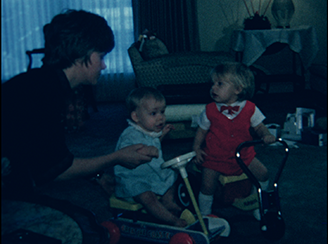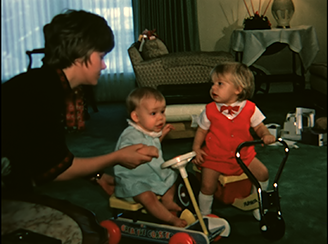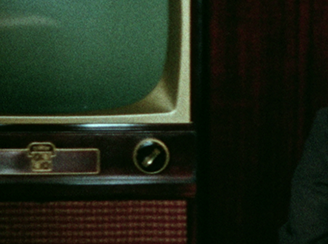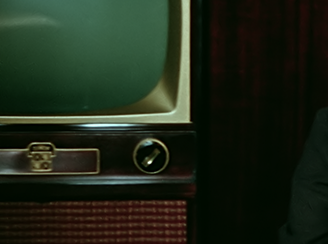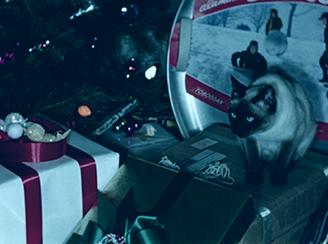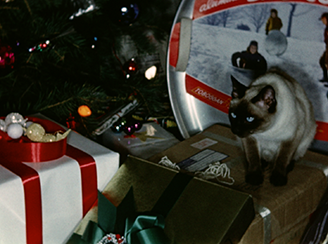
Pro Hollywood Restoration Quincy
We offer 3 restoration options. Color Correction, Grain Elimination and Stabilization Technology.
About 90% of our Quincy customers want the color correction and about 75% do the grain elimination. We do also offer image stabilization. It adds a nice touch to those old home movies.
Color correction is very important for amateur film because we will be able to recover more footage that was shot too dark or has darkened as part of the aging process. The scanner monitors the light and color balance and will change it based on pre-determined algorithms. This means it will pump more light through film that is dark and it will back off on film that is too bright. This will allow us to recover footage that would normally be too dark or too light. In addition, after the scan, an editor will go through the footage looking at skin tone and things like the color of the sky to order to make sure it looks correct. You can see in the examples below how much better the images look with our 2 pass color correction.
Grain is on all film. Look at the "Before" picture below compared to the "After" picture. These little dots muddy up the image and take away from the content you care most about. Now, look at the After picture on the right. This is what you really want to see. We do recommend Grain Elimination on all film for our Quincy customers.
Most amateur films have some stabilization issues just because of the way the film was shot. But, most people are used to seeing this on old movie film (See example video clip below). So, we see stabilization as a nice to have but not required. If you can afford to do it then we would recommend it. If it pushes you outside your budget then we would just recommend the Grain Elimination technology.
Super 8 Film Examples Quincy
|
|
Before |
After |
|
|
|
|
Before |
After |
16mm Film Examples
|
|
Before |
After |
|
|
|
|
16mm Before |
16mm After |
Quincy Fun Facts: Originally part of what is now the neighboring town of Braintree, Quincy was officially incorporated as a separate town in 1792 and made a city in 1888. During the 19th century the city's primary industry was granite quarrying, but by the 20th century Quincy became a leading shipbuilding center. Two notable chains which were founded in the city and got their start here are Howard Johnson's and Dunkin Donuts. The Massachusetts city of Quincy is located in Norfolk County, only 11 miles south of the capital city of Boston and about 42 miles northeast of the Rhode Island state capital of Providence.
Massachusetts Fun Facts: Boston, the state capital, was a hotbed of activity, including the Boston Massacre and the Boston Tea Party, during the American Revolution. In addition to its revolutionary spirit, the state is known for sparking the American Industrial Revolution with the growth of textile mills in Lowell, and for its large Irish-American population. One of the original 13 colonies and one of the six New England states, Massachusetts (officially called a commonwealth) is known for being the landing place of the Mayflower and the Pilgrims. English explorer and colonist John Smith named the state for the Massachuset tribe.
